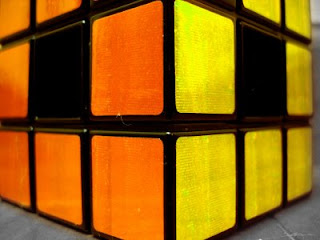The top image is the photo given to the class as part of Project 3. I have made most of the overall corrections I need to make before I begin correcting the little details in the photo. I have made such corrections as...
- cropping the image to fit the Rule of Thirds
- correct the broken fence
- adjust overall levels
- remove pixelation and random marks
- remove shadows against house
- remove unnecessary objects, such as the light and boy's head































